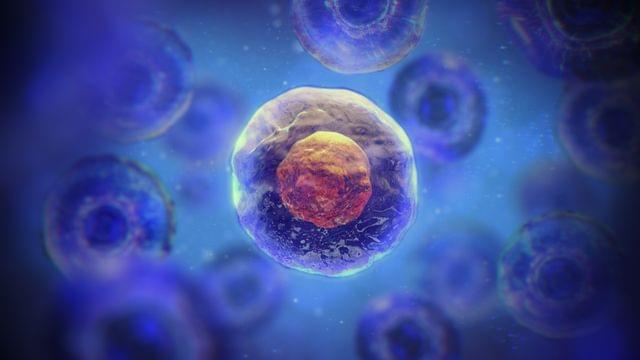
Dr. Matt Lyon, MD: “We are not entirely sure what causes these issues with vision, but we suspect it has to do with a shift in cerebrospinal fluid in the optic nerve sheath. On Earth, gravity pushes that fluid down and it drains out, but in space, it floats up and presses against the optic nerve and retina.”
How does spaceflight affect vision loss in astronauts for both the short and long term? This is what a combined effort between the upcoming Polaris Dawn mission and the Medical College of Georgia (MCG) at Augusta University hopes to achieve as the four-person crew will be using a portable ultrasound machine to study changes in vision during spaceflight. This is especially prevalent since the four-person crew will be traveling in an elliptical orbit 870 miles above the Earth’s surface, exposing them to the Van Allen radiation belt, which is a highly radiated region of space between the Earth and the Moon.
For context, the International Space Station orbits approximately 250 miles above the Earth, and this research holds the potential to further explore the effects of space radiation on the human body, and specifically vision loss.
Continue reading “Mitigating Spaceflight Vision Risks: The Role of Portable Ultrasound in Polaris Dawn” »

















